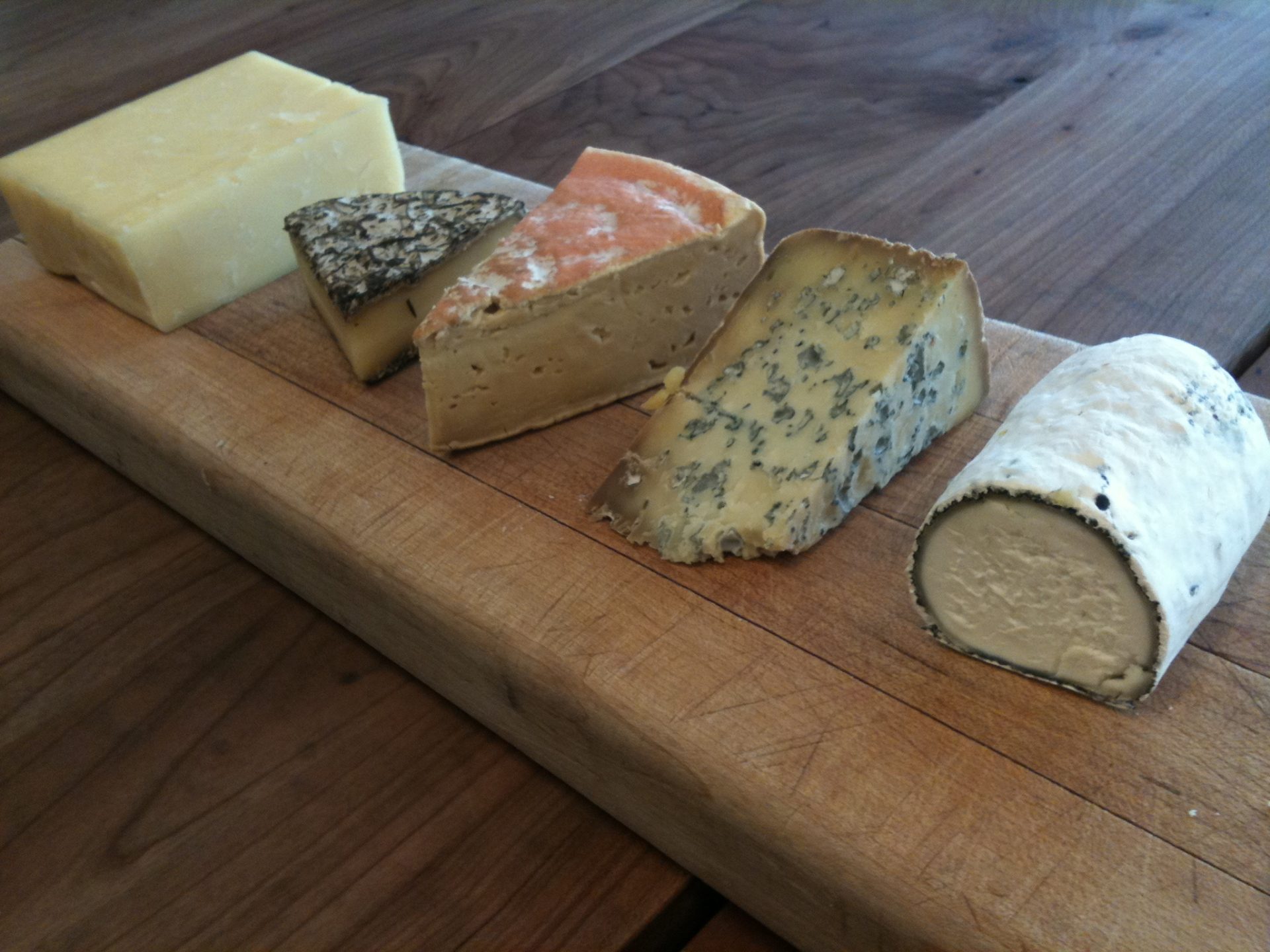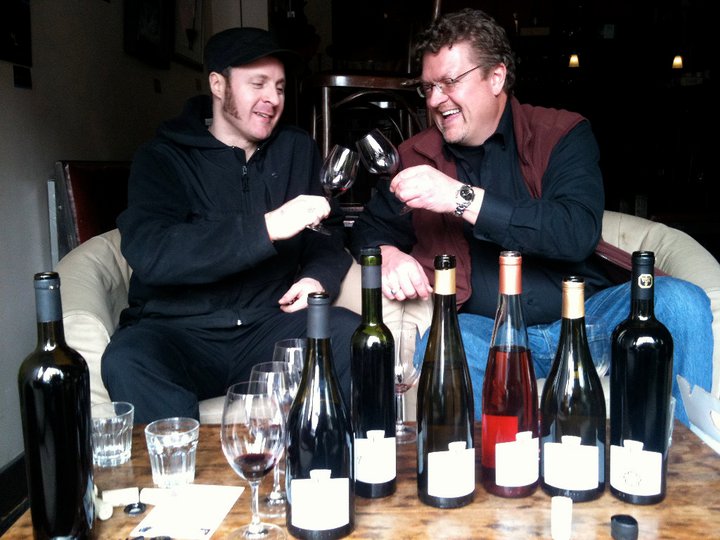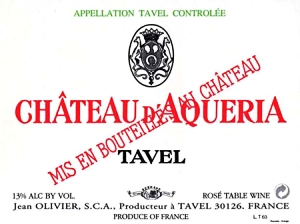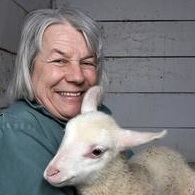Last week something rare and wonderful befell on our humble agency. At Lifford we are lucky enough to be constantly surrounded by great wines. Even so, it is a rare and special treat to taste Bordeaux Premier Cru wines on an unassuming Wednesday in May.

Paul Pontallier, the General Director of Chateau Margaux, stopped by Lifford to taste and talk with our noticeably excited agents. Having recently seen the BBC documentary Wine: The Faith, which focuses on the 2008 vintage of Margaux, I must admit being slightly star-struck (wine-struck?) by the polished Frenchman. My worry didn’t last long, as Paul’s calm, knowledgeable demeanor and encouragement of questions instantly set the room at ease. If Bordeaux is all about politics, and with its rigid classification system and ever ballooning prices who could say otherwise, Paul is a master of his trade, carrying himself with an air of confident power and approachability reminiscent of great politicians.
We began by tasting the 2008 Pavillon Blanc, Margaux’s second label (they have three in total). The Pavillon Blanc is 100% Sauvignon Blanc, but don’t expect a traditional nose. No wonder, Paul stressed that they work hard to remove any vegetal quality from the wine while limiting alcohol, and only utilizing the best grapes (discarding up to 60%). The result is a full-bodied, complex wine that maintains freshness and incredible drinkability. Margaux’s whites were not always so good, and it was interesting to hear Paul talk about how much effort they had taken into improving the wine’s quality. When asked about the wines potential to age, after a caveat on increased complexity over time, Paul concluded that this was a wine to drink young (plus, how else would you buy more next year!?).
The next wine on the list was the ’06 Pavillon Rouge. This is Margaux’s (slightly) more accessible second label that they have been making since 1997. To give you an idea of production, Margaux deems 25% of their red grapes unworthy of the Margaux name, selling them in bulk. Of the grapes that remain, 30% are used in Margaux, the top blend, 40% in Pavillon Rouge, and the remaining 30% are used in the third label that doesn’t make it to Canada. The Pavillon Rouge did not taste like any old second label, and it shouldn’t coming in at around $130/btl. It had great fruit, acidity and balance with a luscious finish. I think I was most impressed with the soft tannins and elegance of the wine, a trait that Paul informed us was a trademark of Margaux. When asked how the wine achieved such strength while maintaining softness, Paul responded it was simply “terroir”, and something they’ve always had. What, not micro-oxygenation and fancy-shmancy winery tricks?! If so, we were certainly not going to hear about them. Paul instead espoused the organic nature of his wine-production, which was akin to raising children. It was the winemakers job to let the grapes grow, see who they were and how they wanted to express themselves. From there the winemakers role was to enable the grapes to realize their own potential. The whole concept seemed incredibly French in a romantic and philosophical type of way.
The third wine in our tasting was the Chateau Margaux ’04, composed primarily of Cabernet Sauvignon from only the most “privileged plots”. On the nose, the difference in complexity and quality from the Pavillon Rouge was marked. Leather, spice, and dark fruit intensely wafted to my happy olfactory bulbs. On the palate I was again struck by the seemingly contradictory density and softness of the wine. Despite the ’04 having the bad luck of being sandwiched between the great vintages of ’03 and ’05, the ’04 was showing beautifully.
Interestingly the topic shifted to global warming and it’s potential effect on Margaux. In an impressive show of polished rhetoric, Paul insisted that there was absolutely “no local consequence of global warming”. Instead, it seems global warming is the best thing that has ever happened to the region, the increased sun and warmth resulting in grapes regularly reaching levels of maturity that were only previously reached in the best vintages. Winemaking practices have also changed greatly over the years. While in the past, winemakers in Bordeaux had an attitude of fatalism when bad weather hit, resulting in some horrible vintages, now adopting such an attitude of “oh well, bad vintage” is not an option. Winemakers fight tooth and nail until the day of harvest to ensure the best wine possible. In fact, eschewing tradition Margaux even has a Research and Development team! Well, maybe it is only one woman conducting experiments, but no matter, it is no longer enough to just have terroir, the best viticulture practices are essential for success.
The fourth and final wine we tried was the ’96 Margaux, one of the classically famous vintages of the region. While exhibiting more density and complexity, again the character of elegant strength was prominent. Paul commented on the drinkability of all of his wines, for it is the “pleasure of drinking that is the key to greatness”. Thus Margaux wines are made to be a pleasure to drink on “day one of bottling”, a contrast, to say the least, from traditional Bordeaux blends, which require age to soften and become enjoyable. Sipping the dregs of the bottle at the end of the day, I sighed loudly, smiled sweetly, and thought, “boy oh boy do I ever love my job”.
-Nicole Campbell
Lifford Wine Agency
Twitter: @liffordnicole






